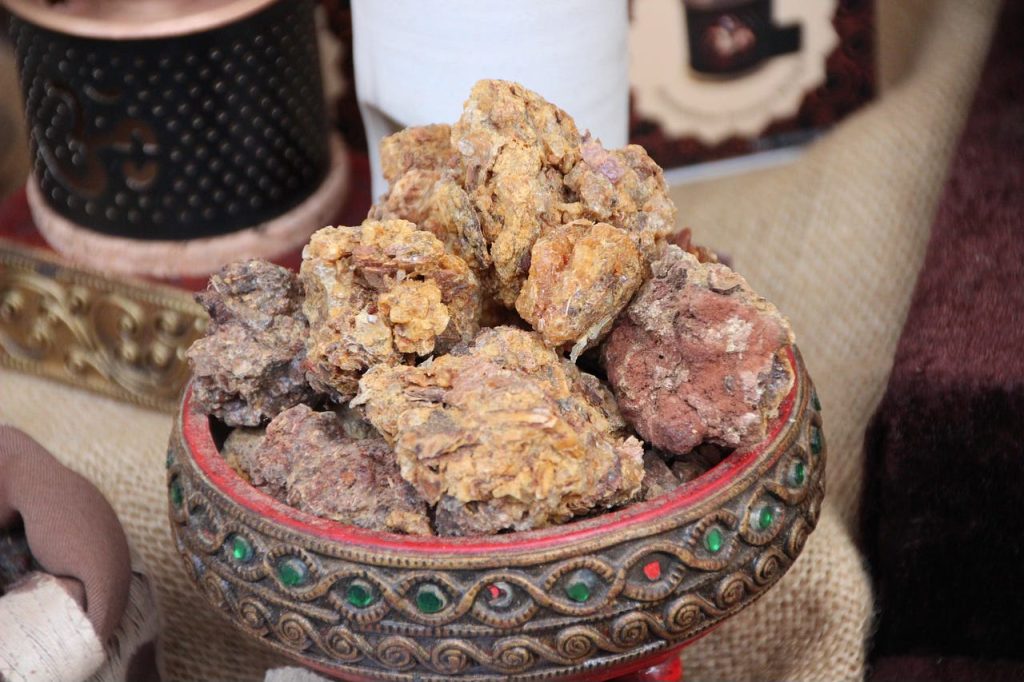One of the more puzzling aspects of the crucifixion story is the fact that the Romans offered Jesus a drink after nailing Him to the cross. Those of us separated by time and culture from these events are left wondering why they would do this. Was it an uncharacteristic act of mercy? Probably not.
What did they offer Him?
To understand why they offered Him a drink, we need to figure out what they offered.
- Matthew calls it “wine […] mixed with gall.”1
- Mark calls it “wine mixed with myrrh.”2
- Luke calls it “sour wine.”3
- Some translations call it vinegar.
Are these accounts contradictory? They don’t seem to be. In fact, they seem to agree about the main component of the mixture. When wine undergoes a second fermentation, the alcohol is converted into acetic acid, and the wine takes on a sour taste. Wine vinegar is the result. While those who want to find fault with the Gospels might bristle at the imprecision, there is nothing inaccurate about referring to the liquid as wine, sour wine, or vinegar.
It is likely that they were describing a fairly common beverage called posca, a watered-down wine vinegar that was drunk by the lower classes of Roman society—including common soldiers. Pliny the Elder described the benefits of posca in his Natural History, stating:
Even when sour, wine still has uses as a remedy. […D]runk with water it is a useful digestive to many when they are convalescing, and a gargle of vinegar and water is a good thing after sunstroke.4
If this mixture has posca as its base, we have to consider what was mixed into it. Matthew says that it was mixed with gall, while Mark says it was mixed with myrrh. Matthew’s Greek word χολη (cholē) seemingly refers to the bile produced in the liver.5 It is highly unlikely that they would have added bile to a batch of posca; instead, it is far more likely that Matthew’s term describes the taste of the myrrh that had been added to the drink.6
Pliny even describes the bitter effect produced when unguents like myrrh were added to wine, writing, “Nowadays some people actually put scent in their drinks, and it is worth the bitter flavour for their body to enjoy the lavish scent both inside and outside.”7
If Matthew is describing the bitter flavor of the mixture and Mark is identifying an additive that produces a bitter flavor, then no contradiction exists between the accounts.
Why would they offer posca and myrrh?
Numerous medicinal effects were ascribed to myrrh in the ancient world. In this instance, Johannes Louw and Eugene Nida explain that “wine [was] drugged with myrrh and used as a stupefying potion.”8 An Italian study in the mid-1990s demonstrated that myrrh has analgesic properties that under some conditions are similar to the effects of opioids.9 But myrrh’s ability to relieve pain does not explain why the Romans would have offered the mixture to Jesus. Did the soldiers who brutalized Him at every possible opportunity—both before and after this moment—experience a sudden and fleeting outbreak of kindness? Further studies suggest that’s not what happened.
The analgesic and preservative characteristics of myrrh are most noticeable in wine when added in small quantities. On the other hand, researchers at the University of Helsinki noted that in larger quantities, myrrh rendered wine “as impossible to drink as gasoline.”10 Consequently, they concluded:
Apparently Jesus was not the first man crucified by the executioners and the use of a sharp potion was not an uncommon practice. They knew that the crucified would be thirsty. For that purpose they had provided the wine mixed with myrrh. Matthew tells that the wine was mixed with gall (Mt. 27.34). It is a form of torture, which was part of the executioners’ sadistic methods.11
The Finnish researchers’ conclusion would be consistent with the known character of the Roman executioners.
The reason the drink was offered
Available evidence suggests that Jesus was offered posca, laced with copious amounts of myrrh. As to the reason the offer was made, Matthew alludes to this as the fulfillment of Old Testament prophecy.12 The Romans, unaware of this, were likely motivated by their extreme cruelty to offer this mixture. Knowing their victim would suffer extreme thirst, they planned ahead to heighten His suffering yet again by offering Him something undrinkable.
Ultimately, Jesus’ tormentors offered the drink in order to increase His suffering and humiliation. However, in doing so, they unwittingly corroborated His claims to be the promised Messiah.
- Matthew 27:34. ↩︎
- Mark 15:23. ↩︎
- Luke 23:36. ↩︎
- Pliny the Elder, Natural History, vol. 6, 23.27. ↩︎
- Johannes Louw and Eugene Nida, Greek-English Lexicon of the New Testament, §8.75. ↩︎
- Ibid. ↩︎
- Pliny the Elder, Natural History, vol. 4, 13.5. ↩︎
- Johannes Louw and Eugene Nida, Greek-English Lexicon of the New Testament, §6.204. ↩︎
- Piero Dolara, Cristina Luceri, Carla Ghelardlni, Claudla Monserrat, Silvia Aiolli, Francesca Luceri, Maura Lodovici, Stefano Menichetti, and Marla Novella Romanelli, “Analgesic effects of myrrh,” Nature 379 (4 Jan 1996): 29. ↩︎
- Erkki Koskenniemi, Kirsi Nisula and Jorma Toppari, “Wine Mixed with Myrrh (Mark 15.23) and Crurifragium (John 19.31-32): Two Details of the Passion Narratives,” Journal for the Study of the New Testament 27, no. 4 (2005): 385. ↩︎
- Ibid., 386. ↩︎
- Matthew 27:34; Psalm 69:21. ↩︎

